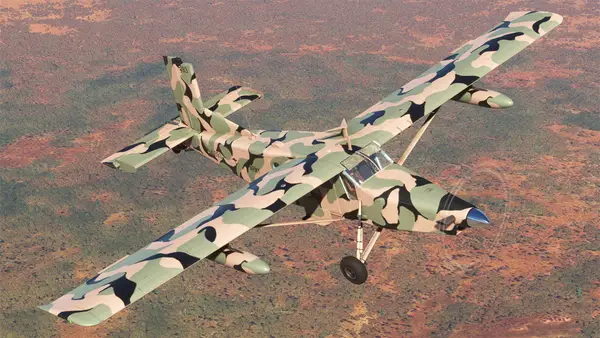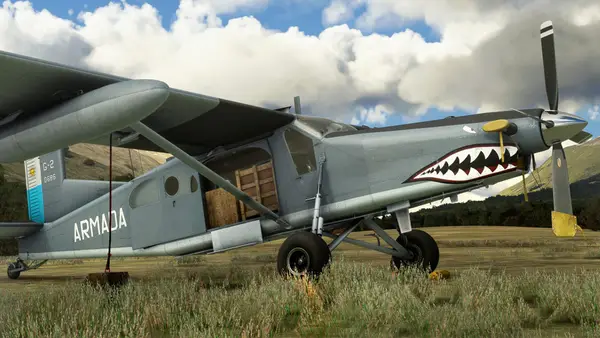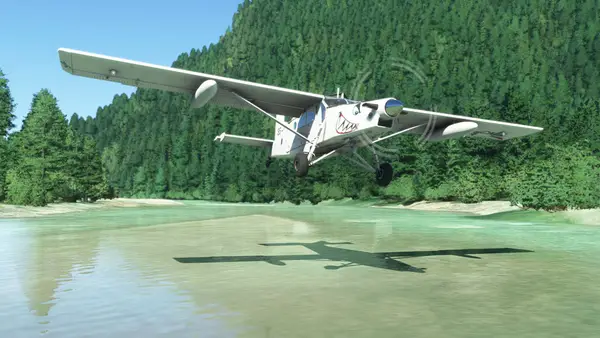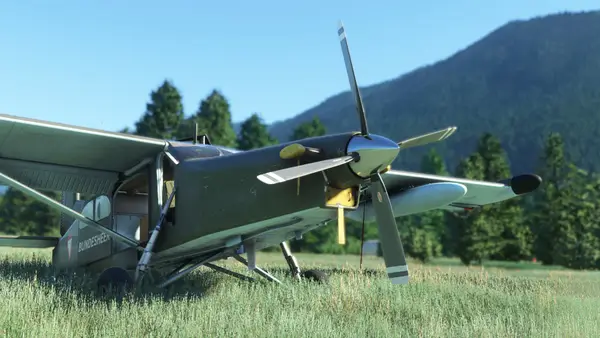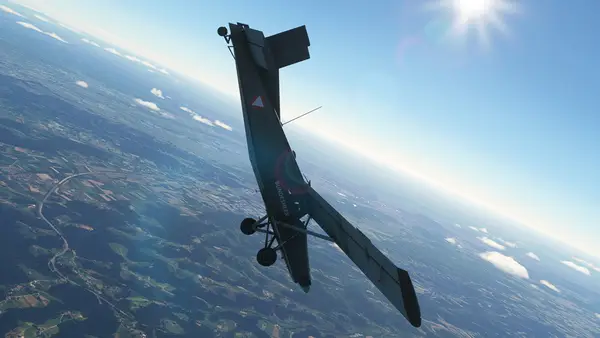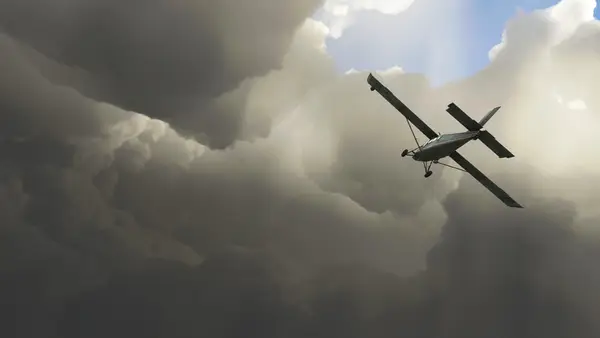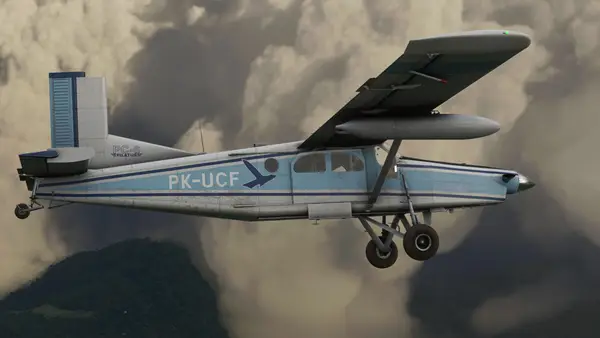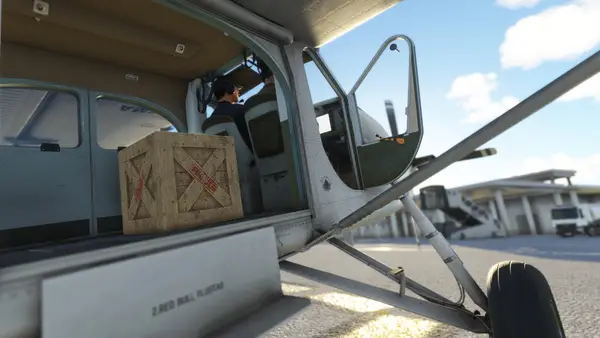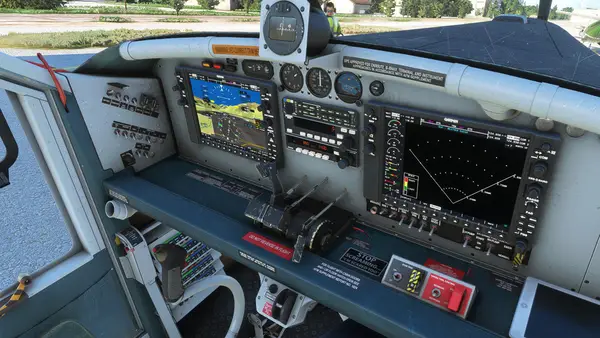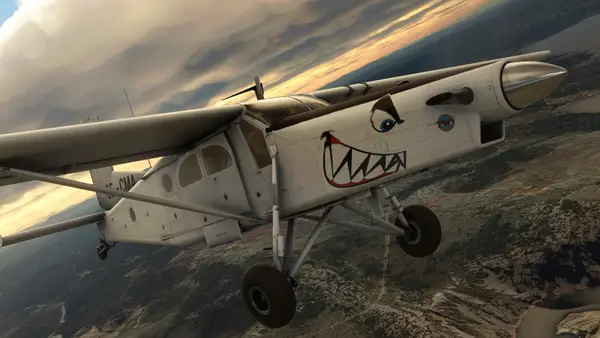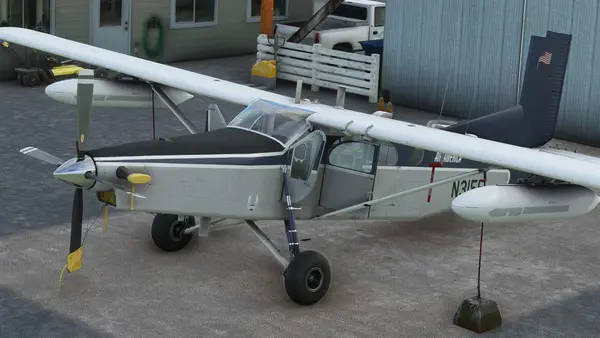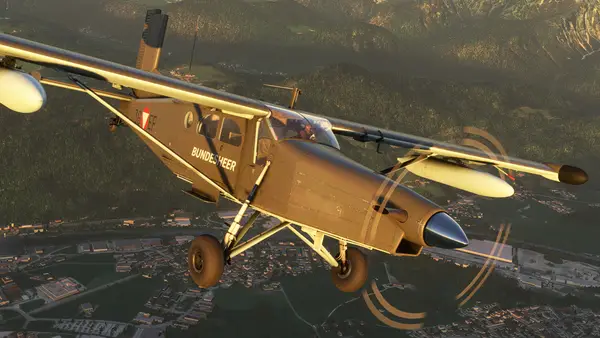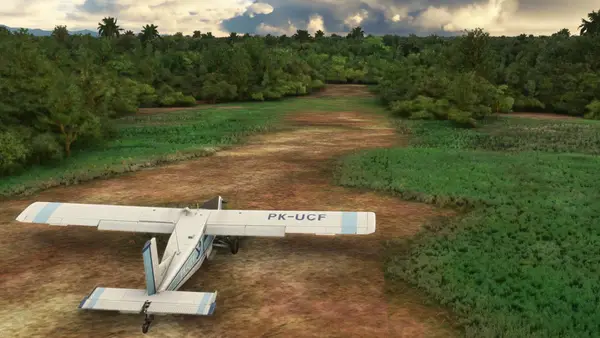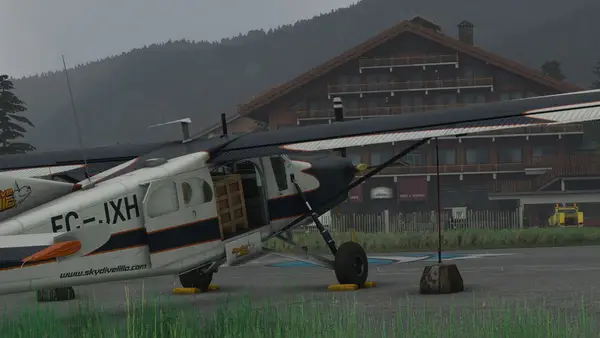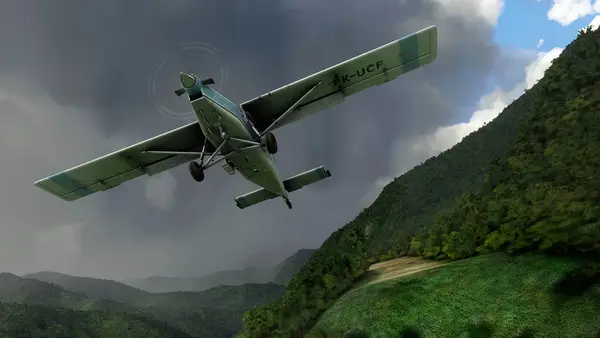- USD 34.99
- View more offers at FS Addon Compare
- Added: December 7, 2021
- Updated: April 14, 2025
The PC-6 Porter, with its boxy vertical stabilizer, long pointed nose, high wings and rugged landing gear, may not win any awards for the most elegant aircraft to grace the skies, but the capabilities of the famed Porter are truly the stuff of legend. A unique capability to enter a steep dive without gaining airspeed will get you into the tightest locations, while a generous 550 horsepower will get you back out again in a hurry. All the while carrying pretty much anything you want!
In production for 60 years, the exploits of the Porter are too numerous to list. With a number of world records to its name and extensive service with both civil and military operators alike, it's fair to say that this rugged workhorse has made it's mark on every continent.
Our rendition of the famed PC-6 Porter emulates a late model B2-H4 with a PT6A-27, with six aircraft variations covering all combinations of ‘old school’ analog and G1000 panels, along with standard wheels, tundra tires, and floats.
The cabin is configurable for carrying cargo, passengers, or skydivers, and the aircraft can be outfitted with external fuel tanks, a weather radar pod, or skis. A ton of care and detail ensures our Porter stands out from the pack!
- Accurate flight behavior, including realistic stall modelling and beta simulation. Beta mode can be entered into under correctly controlled circumstances while in flight to allow for heart stopping dives while staying within the allowable range for flaps extension.
- Correctly replicated turboprop start up requirements have been implemented, allowing for varying ITT temperatures, up to and including catastrophic hot starts!
- Engine over-torque simulation with resulting engine failures due to over-torquing require proper power management and awareness.
- Detailed animations throughout the aircraft, including cabin and cockpit doors, storm window, trap doors, windshield blinds, instrumentation, and more.
- Separate versions of the PC-6 equipped with standard tires, tundra tires, or floats, each with analog or G1000 versions.
- Functional trap doors complete with the visual effect of droppable cargo. Main cockpit doors can be jettisoned.
- Configurable external fuel tanks with properly emulated fuel pump behavior and annunciations.
- Highly detailed tablet is present in the aircraft to allow in-depth configuration, including fine-grained control over passenger loading, interactive skydiving utilities, cargo loading, and complete control over refueling.
- High resolution interior and exterior models, with high quality PBR materials used for realistic effects and reflections.
- Dynamic and fully adjustable cockpit and cabin lighting for atmospheric night flying.
- Professionally recorded sound set from a real world PC-6 specifically for this release so as to provide the utmost in immersion.
- Fully supports MSFS visual icing effects.
- Fully interactive checklist based on proper standard procedures for the PC-6.
- Custom skydiving altimeter which can be zeroed to field elevation.
- Native integrated support for the GNS 530, GNS 430, and G1000 NXi by Working Title.
- 11 highly detailed liveries available to all variants of the aircraft.

